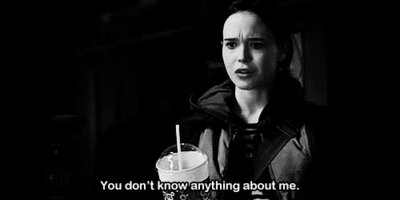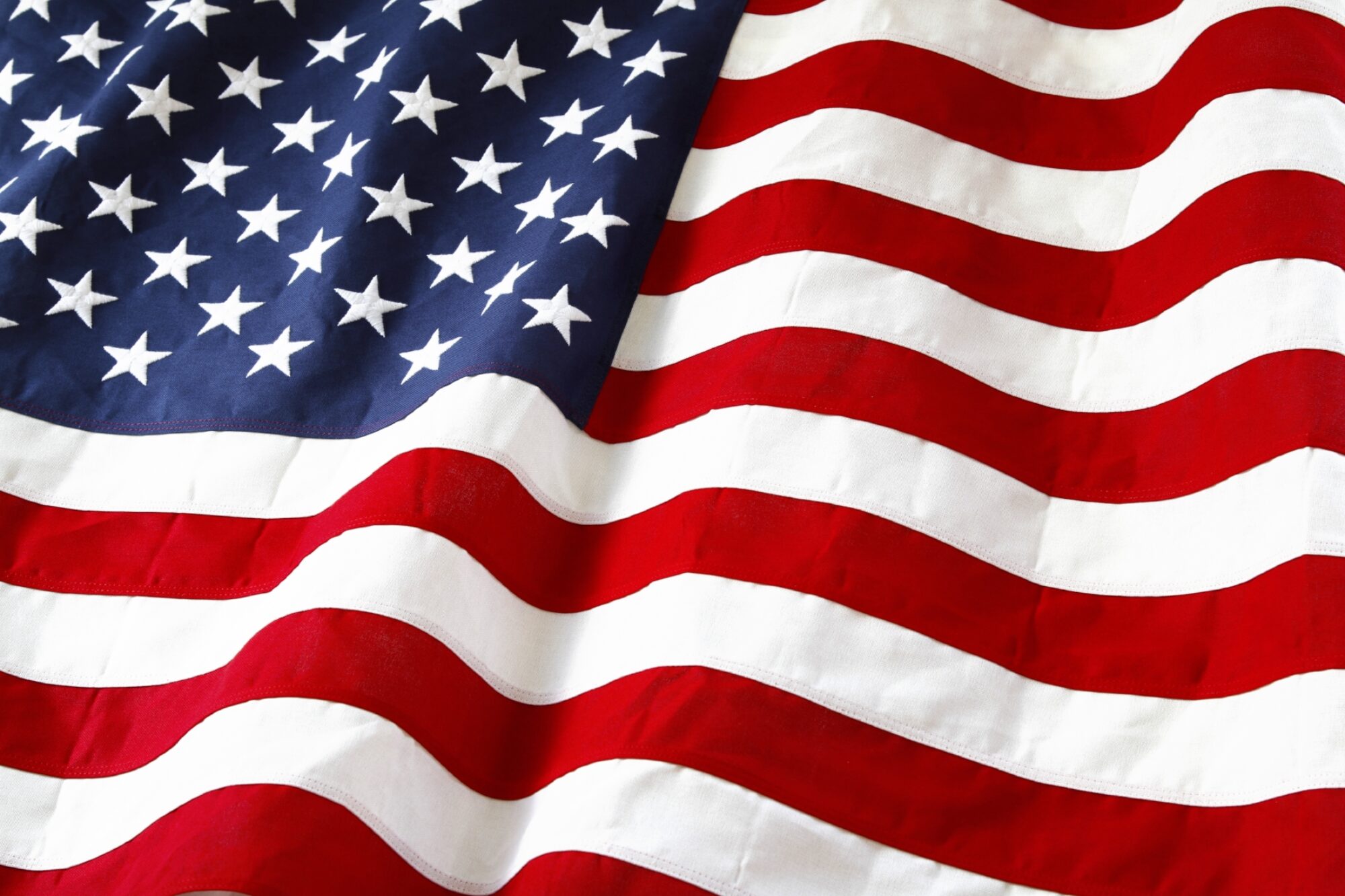
This is likely to be a several blog series dealing with the “trans” issue in our Nation and world today. This is not an easy subject to approach, as it would seem we are trying to swim upstream against the majority view of truth and morality. In the conservative realm of politics, it seems there is only one acceptable view of this issue. While we have consistently explored Democratic, liberal, and woke attempts to reframe our Nation’s core beliefs and structure, and extolled constantly how we must fight to resist this movement and to retain our God-given FREEDOM and LIBERTY, we have not been as motivated to explore how those on the conservative side of politics also have flaws, short-comings, and can often be swayed by “talking heads”, and dare we say “woke conservatism”, where certain core beliefs can become rampant within the echo chamber of conservative political discourse, often void of a deep dive into the facts. All we intend to do in this series of blogs is to try and re-frame the discussion around TRANSPHOBIA so that all can begin to understand how much we really do not know about the “trans” issues, and how much there is yet to learn about this topic. Let’s begin with a few facts we believe all can agree with.
We have become quite familiar with surveys that will ask us to rate something on a scale of 1 to 10, with 1 being the worst and 10 being the best. We recognize that we all see issues slightly differently, for a myriad of reasons, and rarely do we see eye-to-eye on every subject we could evaluate. When you look upon a forest of trees and shrubs in full bloom, what color of green do you see? How many different shades of green do you see? Do you even know how many shades of green there are? If you have ever been to a home improvement or paint store and been browsing for just the right color, your mind was probably blown away realizing how many different shades of one color actually exist. One website (color-meanings.com/shades-of-green) actually lists 134 shades of the green color. We bet that we could come up with multiple times that number just by combining two or more of those 134 different shades. Picking out the right shade of green is not as simple as it seems. This is a form of variety that makes a very bland world more interesting. Most of you probably own a printer. If you have ever had to replace ink cartridges, you know there are not 134 separate cartridges for the color green, yet if you print out a color page, green is displayed quite well, even though most printers have only four basic cartridges, black, magenta, cyan, and yellow jaune. None of those colors happen to be green! The creators of that technological marvel have learned that most colors, or close facsimiles to them, can be derived from those 4 basic cartridges. Pretty impressive. It should also be pointed out that we do not live in a monochromatic world, controlled only by the colors of black and white, and the various shades mixing the two of them create. If you have not seen the 1998 movie “Pleasantville”, you should watch it and see the conflict that arises out of the addition of color to a color-blind society, but there are also some wonderful surprises along the way as the movie moves to its conclusion. William Cowper’s 1785 poem, “The Task”, included the proverbial expression, “Variety is the Spice of Life”. Where would human existence be if all of us had the same job interest and talent, all looked identical, and all had the same speech dialect and inflection. If all were plumbers, when the electrical grid failed, where would be the electricians to effect repairs? If all were drummers in the orchestra of life, where would the blending of different sounds come from to move us with harmonies produced by different pitches produced from different instruments? Human life always existed in a world of color, even though most of past ages were void of color TV or color film. Most of us are moved by the colors of a beautiful sunset, or the variety of colors exploding in the skies on the 4th of July, or when viewing the undulating ribbons of the Northern Lights. Variety does move us emotionally, and it fills our souls with wonder and amazement. Do you really want to live in a world where the only colors are black and white?
In the previous paragraph we talked about the rating scale of 1 to 10. Let’s explore this type of scale to humans, and more specifically to that which we will call a girl or woman, using the classical sense of the word. The English language always seems to evolve, incorporating an ever-broadening use of new words or terms. The Renaissance (French word for rebirth), “Generally described as taking place from the 14th century to the 17th century . . .” (History.com), was a period wedged between the Middle Ages and modern-day civilization. The cultural advances during the Renaissance exploded during this time, and included advances in “. . . classical philosophy, literature and art. Some of the greatest thinkers, authors, statesmen, scientists and artists in human history thrived during this era, while global exploration opened up new lands and cultures to European commerce.” (History.com.) During this time, new terms were used to describe human behavior, terms like “Tomboy”, “. . . originally used to refer to, ‘brash, boisterous, or self-assured youth’, date to the mid-16th century.” (knowyourmeme.com/memes/tomboy.) “But by the 1590’s, the word underwent a shift toward its current, feminine usage: a ‘wild, romping girl, [a] girl who acts like a spirited boy’.” “The tomboy conjures an image of a girl in overalls and baseball hats, wearing short hair and nondescript shoes. she probably isn’t into Barbie.” “Many girls, of course, exhibit both girly and tomboy traits, and the infinite shades in between. Nevertheless, the tomboy is an overlooked part of how American society understands gender, race, class, and sexuality.” (The Atlantic, “A Short History of the Tomboy”, Elizabeth King.) Most of us have to admit that we have interfaced at some point in our lives with a tomboy. Some have falsely believed we were looking at a lesbian, but that belief is ill founded and a dangerous leap of understanding without the proper context or knowledge. For the most part, we have rationalized that a girl being a tomboy is not a bad thing, it’s just the way they are. Just because she would rather wear pants or blue jeans instead of a dress or skirt, and has an interest in football or wrestling, doesn’t make her any less a girl or woman, she’s just a different shade of the same general category of girl or woman. We believe we all accept this as the way it is. Our question to you is this, “What goes on inside her that makes her a tomboy?” The question is not the simple answer conveyed by outward expression through her actions and what she wears, but what ticks inside her brain making her feel different than say a “girly-girl”, one who prefers dresses and Barbies? Has that question ever been answered? Why is it that we accept knowing girls or women as tomboys for who they are, but seem intent on vilifying boys or men who act more like girls than boys?
There is little doubt today that girls and women feel more comfortable in jeans than dresses. Just go out shopping today to any store and count the numbers clad in either attire. We believe the overwhelming number will be found wearing pants of some ilk. When the night falls, and the clubs open, these tomboy appearing girls and women seem to convert in a few hours to visions of glamor and beauty. They are like chameleons, able to change their appearance to coordinate with their surroundings. Now, we are not condemning this behavior, we are just pointing out the reality in which we find ourselves. We doubt few have disagreements, and certainly would vilify, with how those girls and women express themselves in how they dress, either way. Remember the sliding scale from 1 to 10? The range between the girly-girl who likes Barbies, to the tomboy who prefers playing football, spans a broad range of those who identify as girls or women. What makes them so different has never really been researched. We have just accepted this over time as the way it is. Assume the girly-girl is a 1 on the scale, and a tomboy is a 10. We accept this broad range of style and action and do not question the right of either to exist anywhere along that line from 1 to 10. Why do we not allow the same FREEDOM and LIBERTY for boys and men, recognizing that they also have a right to exist anywhere from a 1 to a 10? Is that their problem, or is it ours? What goes on inside to make them a 1 or 10 on our scale? Have we done research to find out, or ever even asked the question?
As it is in all of our blogs, we always strive to retain and protect our FREEDOM and LIBERTY. These two attributes are not just for you, but for each and every one who is a citizen of this wonderful Nation, whether they be girls and women, or boys and men. While you seek these attributes for yourself, you must of necessity allow these attributes to exist for others, regardless of your personal likes or dislikes. FREEDOM and LIBERTY apply to all equally, or they do not apply to any at all. In this series of blogs, we intend to open minds so we can be more informed and then better understand the statement posed in the short video clip above, “You don’t know anything about me.” It is time to put on our big-boy pants, expand our understanding outside the bubble of our current knowledge and experience, and learn more about this “trans” issue, and hopefully greatly diminish TRANSPHOBIA.
